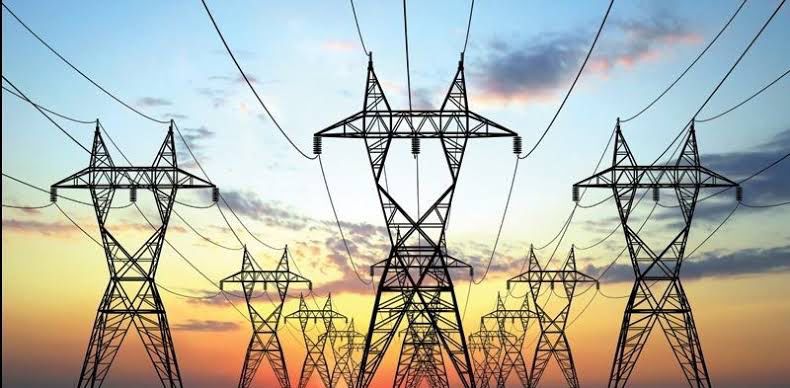Nigerians are currently in darkness after the national grid collapsed again, with on-scene data showing generation plunged from roughly 2,917 megawatts to almost zero within an hour, cutting power to millions and halting businesses, hospitals, and transport networks. What looked like a single blackout is better read as the symptom, not the disease: years of underinvestment, broken supply chains, policy whiplash, and months of deferred maintenance have left the country’s generation and transmission system brittle and vulnerable to shocks.
At the centre of the collapse story stands a simple truth: Nigeria has idle capacity and no dependable fuel. Installed capacity is many thousands of megawatts on paper, but actual delivered power rarely tops a third of it because gas supplies are unreliable and pipelines are frequently vandalised. Thermal plants that should be the backbone of weekday supply sit idle when gas pressure drops, and hydropower is at the mercy of seasonal reservoir levels. The result is a system that can be driven to the edge by a single large trip or a fire in a generating plant, triggering sudden frequency drops that cascade across the grid.
Transmission infrastructure is the other weak link. Much of the high-voltage network was built decades ago and suffers from chronic faults, poor maintenance, and a shortage of modern protection equipment. When a major transmission line trips or a substation faults, the Transmission Company of Nigeria must isolate sections to protect equipment, sometimes collapsing the synchronised system and forcing a nationwide restart. That fragility is worsened by limited spare transformers and the long lead times to replace damaged lines, making each incident harder and slower to fix.
Money and incentives are tangled in the background. Generators, distributors, and transmission operators operate with massive outstanding receivables and liquidity shortfalls. Tariff structures, legacy subsidy burdens, and weak credit flows mean power firms cannot always pay for fuel, spare parts, or routine maintenance. The result is deferred capital expenditure, ageing plants working beyond safe limits, and a growing backlog of repairs. Attempts to shift costs or cut subsidies have produced short-term fiscal relief but have not solved the structural problem of who pays for a reliable grid.
Commercial realities on the ground amplify these technical failures. Vandalism of pipelines and transmission lines, theft of cables, and illegal connections cost the sector billions and reduce the energy that should reach customers. Distribution losses from theft and poor metering are among the highest in the world, turning generation into wasted capacity. At the same time, investors cite regulatory uncertainty, slow contract enforcement, and currency risk as reasons to slow or cancel long-term investments in generation and grid strengthening. Until those commercial issues are fixed, technical fixes will deliver only temporary relief.
The human toll of a collapsing grid is immediate. Hospitals run on emergency generators, small businesses lose daily revenues, cold chains for medicines and food are threatened, and households burn cash buying fuel for generators. Repeated blackouts erode confidence and raise the real cost of doing business. The macro cost is also huge: economists estimate billions in lost output each year because manufacturing and services cannot rely on steady power. That economic drag feeds a vicious circle where lower growth constrains the public and private funds available to invest in the sector.
Fixing the grid requires action on many fronts at once. Secure, commercial gas supply corridors must be created and protected. Transmission transformers and lines need urgent replacement and digital protection systems. Distribution must be reformed to reduce theft and losses through accelerated metering and enforcement. Crucially, transparent financing mechanisms are required so operators can invest in maintenance and new capacity without the constant fear of unpaid bills. Policy must be stable enough to attract private capital while protecting consumers. Chambers of commerce, regulators, and industry all call for coordinated fiscal and regulatory incentives to make recurring collapses a memory rather than a headline.
A grid collapse is not an isolated news item to be forgotten once the lights return. It is a warning flare about deeper governance, commercial, and engineering failures. The immediate fix is restoration and accountability for the events that triggered this latest shut down. The lasting fix will require decades of predictable investment, a clampdown on vandalism, clearer market rules, and a political will to prioritize power as infrastructure essential to national survival. Until Nigeria treats electricity as the public good it is, every system disturbance risks becoming the next nationwide blackout.
Samuel Aina

